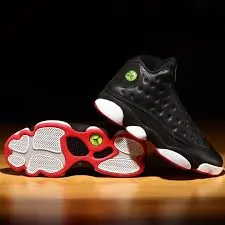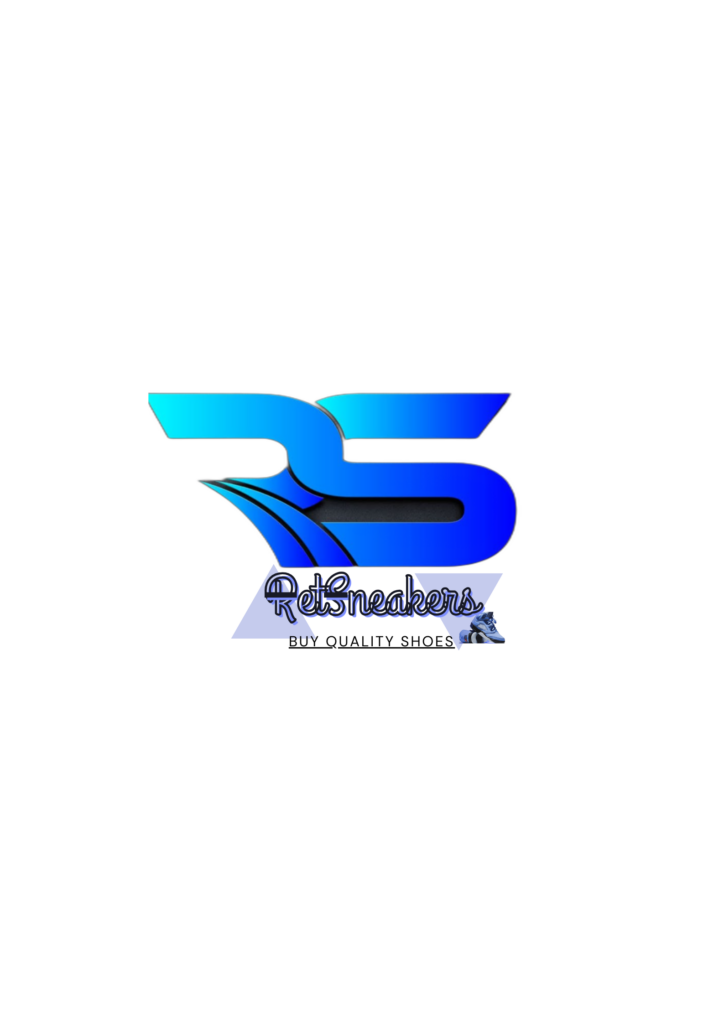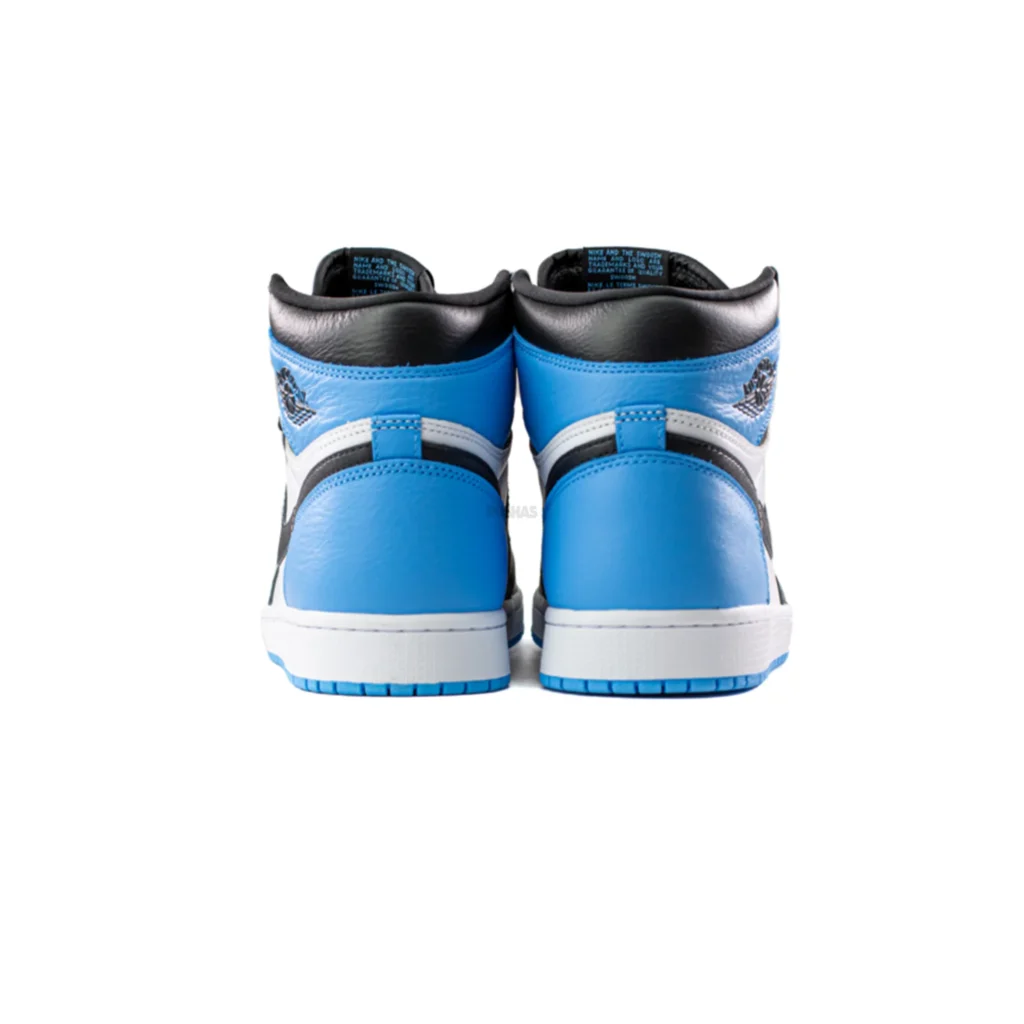The Air Jordan 13 is a revered silhouette in the sneaker community, first released in 1997 and famously worn by Michael Jordan during his “Last Dance” season with the Chicago Bulls. Designed by Tinker Hatfield, the sneaker drew inspiration from a black panther, reflected in its sleek design, holographic “cat eye,” and distinctive paw-like outsole. The high demand and limited releases of the Jordan 13 have led to the rise of replicas, or “reps.” This article dives into the world of Jordan 13 replicas, exploring their quality, authenticity checkpoints, and the ethical considerations of buying reps.
The Rise of Jordan 13 Replicas
As with many iconic Jordan silhouettes, the Jordan 13 has become a prime target for replication. Manufacturers, particularly in regions with less stringent intellectual property enforcement, have been producing replicas for years. Advances in technology and craftsmanship have led to high-quality replicas that are sometimes indistinguishable from the authentic pairs.
Quality and Craftsmanship
The quality of Jordan 13 replicas varies greatly. Some replicas suffer from poor materials and inconsistent stitching, while higher-quality versions, such as “LJR batch” or “PK batch,” closely mimic the authentic sneakers.
Key Factors in Assessing Replica Quality:
- Materials: High-quality replicas often use synthetic leather that closely resembles the genuine tumbled leather found on authentic pairs.
- Holographic “Cat Eye”: Authentic pairs feature a luminous holographic emblem on the collar, representing a panther’s eye. In replicas, the hologram might appear foggy or lack depth.
- Outsole and Midsole: The panther-paw-inspired outsole should have defined curves and appropriate traction patterns. Replicas may have slight differences in curvature and rubber quality.
Authenticity Verification
Identifying a genuine Jordan 13 requires a keen eye and attention to detail. Experts recommend the following checkpoints:
- Holographic Emblem: Authentic pairs have a hologram with clear depth and color shifts. Replicas often lack this dynamic effect.
- Stitching Patterns: Authentic pairs feature precise and consistent stitching. Replicas may have uneven lines or excess glue.
- Tongue Logo: The Jumpman logo on the tongue should be evenly stitched, with no fraying or loose threads.
- Insole and Interior Tags: Authentic insoles often have high-quality prints that don’t fade easily, while replicas may use cheaper ink.
Community Insights
Online sneaker communities have become essential for navigating the replica market. Forums like Reddit’s r/Repsneakers offer in-depth reviews, side-by-side comparisons, and guides to identifying high-quality replicas. Some enthusiasts argue that replicas provide access to designs that are otherwise unattainable due to high retail prices and limited releases.
Ethical and Legal Considerations
The replica sneaker market raises complex ethical and legal questions:
- Intellectual Property: Purchasing replicas supports unauthorized production, infringing on Nike’s design rights.
- Economic Impact: The replica market diverts revenue from authentic retailers, impacting the broader sneaker economy.
- Personal Ethics: Some sneakerheads believe owning replicas undermines the authenticity and exclusivity of sneaker culture, while others see reps as a way to enjoy the design without the high price tag.
Conclusion
The Jordan 13 holds a special place in sneaker history, blending innovation with a panther-inspired aesthetic that captivated fans worldwide. As the demand for this iconic sneaker grows, so does the market for replicas. Whether you choose to pursue authentic pairs or delve into the world of replicas, understanding the nuances of quality and authenticity is essential. Ultimately, the decision to buy reps site carries ethical, legal, and personal implications that every sneaker enthusiast should weigh carefully.



